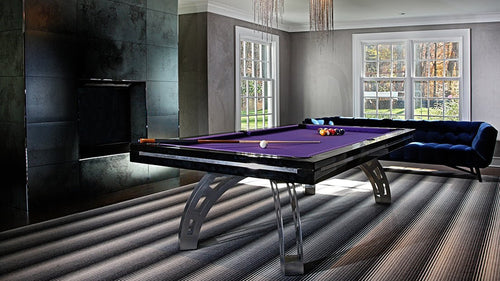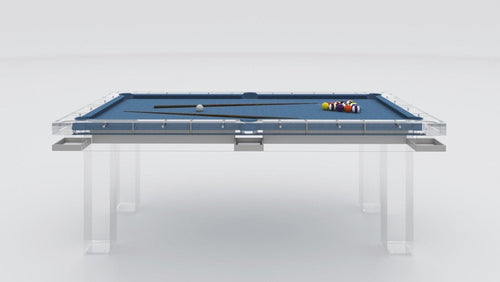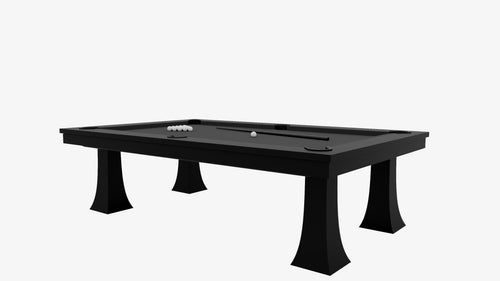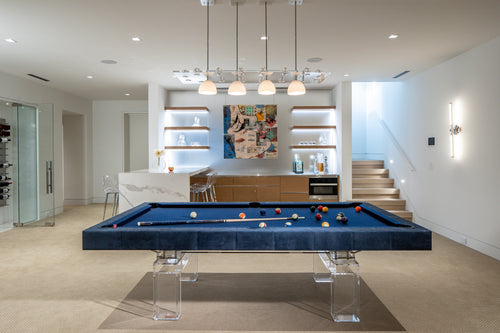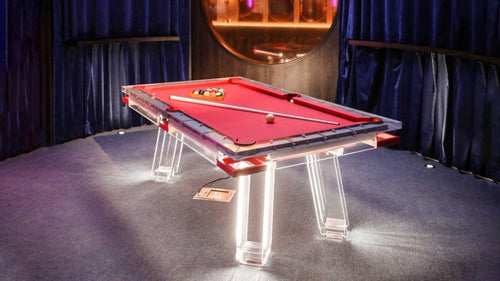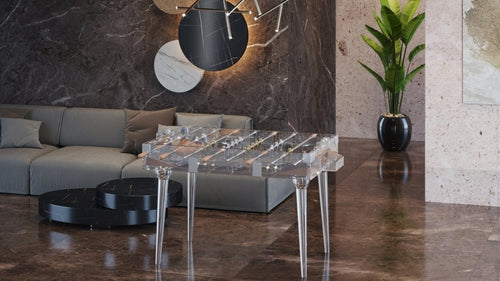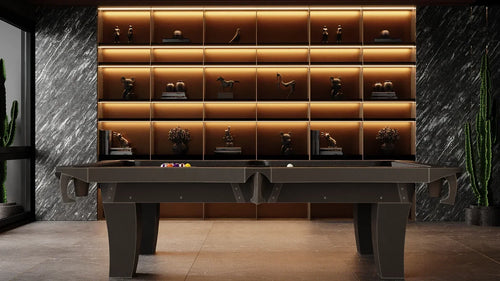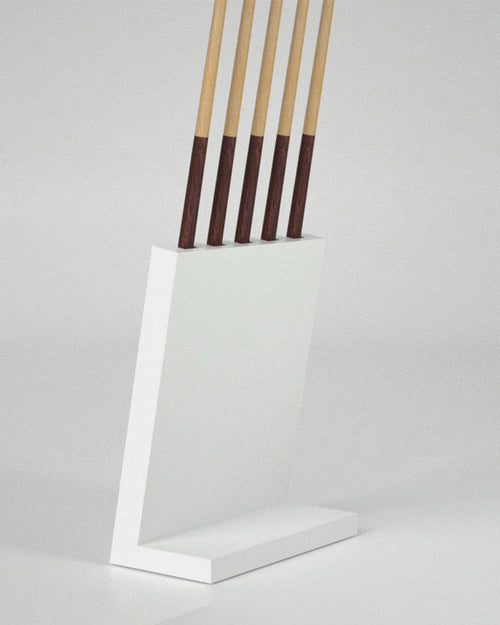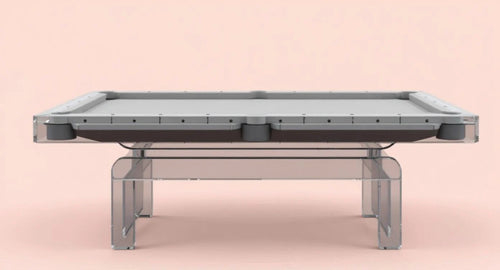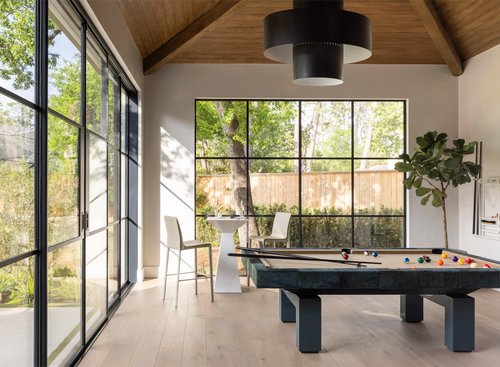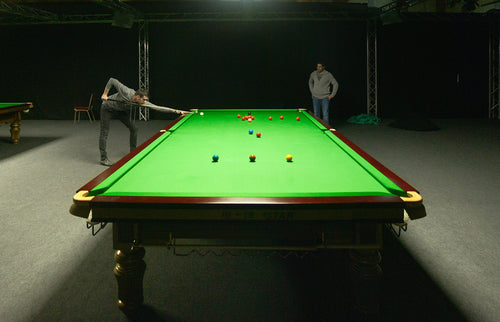Enjoy our modern designs
The classic solids/stripes palette isn’t random—it’s engineered for quick recognition, contrast, and simple pairing logic. TV-era tweaks tried to improve visibility, but tradition still wins.
Ever wonder why pool balls look the way they do? Those colors aren’t random. The standard scheme of solids (1–7) and stripes (9–15) was designed for maximum contrast, logic, and recognition. Manufacturers later experimented with alternatives for TV and streaming, but the traditional set still rules.
Here’s the breakdown.
Standard Pool Ball Colors and Numbers
- 1 & 9 — Yellow
- 2 & 10 — Blue
- 3 & 11 — Red
- 4 & 12 — Purple
- 5 & 13 — Orange
- 6 & 14 — Green
- 7 & 15 — Maroon (dark red)
- 8 — Black
- Cue ball — White
Each stripe shares the color of its solid (add 8: 1→9, 2→10 … 7→15). Simple pairing = faster recognition under pressure.
Why These Colors?
- Yellow, blue, red = primary colors (wide separation on the wheel).
- Purple, orange, green = secondary (mixes of primaries).
- Maroon (7/15) = tertiary to complete seven distinct hues.
The 8-ball is black and the cue ball is white, maximizing contrast with everything else.
The Visibility Problem
- Dark green cloth can swallow contrast.
- Poor venue lighting muddies colors.
- On TV, deep blue (2/10) vs purple (4/12) can look similar.
Hence the rise of alternative broadcast sets.
Alternative Color Schemes
TV Balls (Aramith)
- Swap purple (4/12) for pink to separate from blue on camera.
- Improves TV legibility but can get close to red/orange in some lighting.
Cyclop “Skittle” Set
- Introduces light green/cyan for 6/14 and 7/15.
- Helps visibility in some cases; risks blending on teal-ish cloths.
Other Experiments
- Neons/high-gloss finishes for streaming pop; purists prefer the classic harmony.
Pool Ball Colors and the Color-Blind Player
- ~8% of men and ~0.5% of women have some color-vision deficiency.
- Common issues: red/green (3/11 vs 6/14) and blue/purple (2/10 vs 4/12).
- Rely on numbers first; choose sets with larger, bolder numerals.
- Use Tournament Blue cloth to reduce blending.
Fun Math and Patterns in the Rack
- Solids/stripes pair symmetrically (1↔9, 2↔10, … 7↔15).
- Pair sums are tidy evens (12, 14, 16 … 22).
- Opposite-side groups often add to matching totals—like a hidden code in the layout.
FAQs
Why are pool balls colored differently instead of all the same?
For instant identification in low light and under pressure.
Why does the 7/15 look different?
It’s the sole tertiary hue (maroon) to complete seven unique colors.
TV balls vs regular sets?
TV sets swap purple for pink to improve broadcast visibility.
Can color-blind players compete normally?
Yes—numbers do the heavy lifting, and high-contrast sets help.
Final Verdict
The classic palette is a smart design—rooted in primaries/secondaries, clean pairing logic and strong contrast. TV/stream variants exist for visibility, but tradition remains the clearest system for most play.
Next time you break, notice the logic: those colors are part of the game’s design, not decoration.



